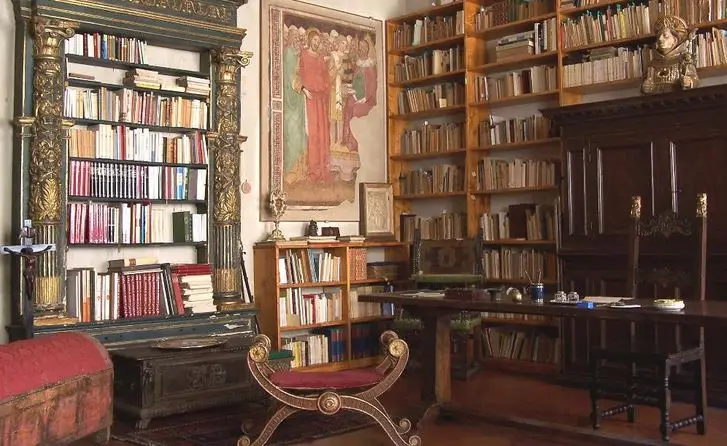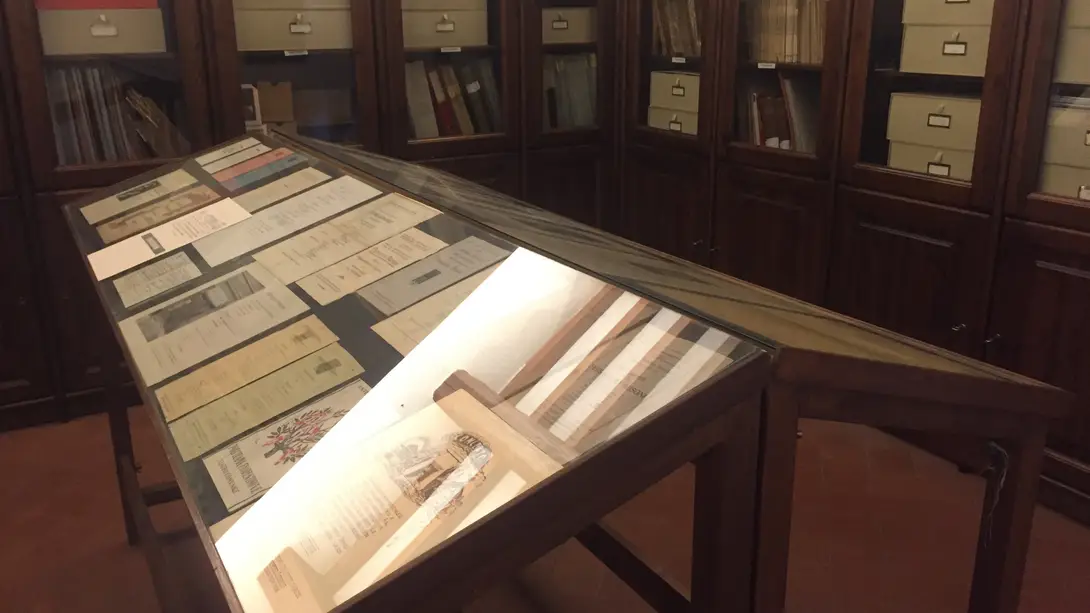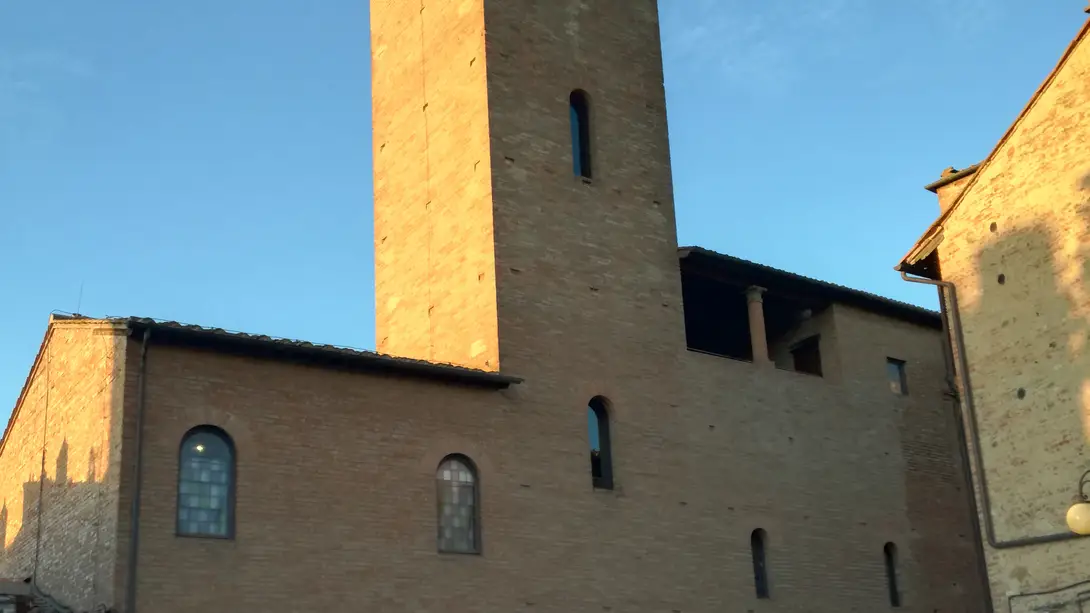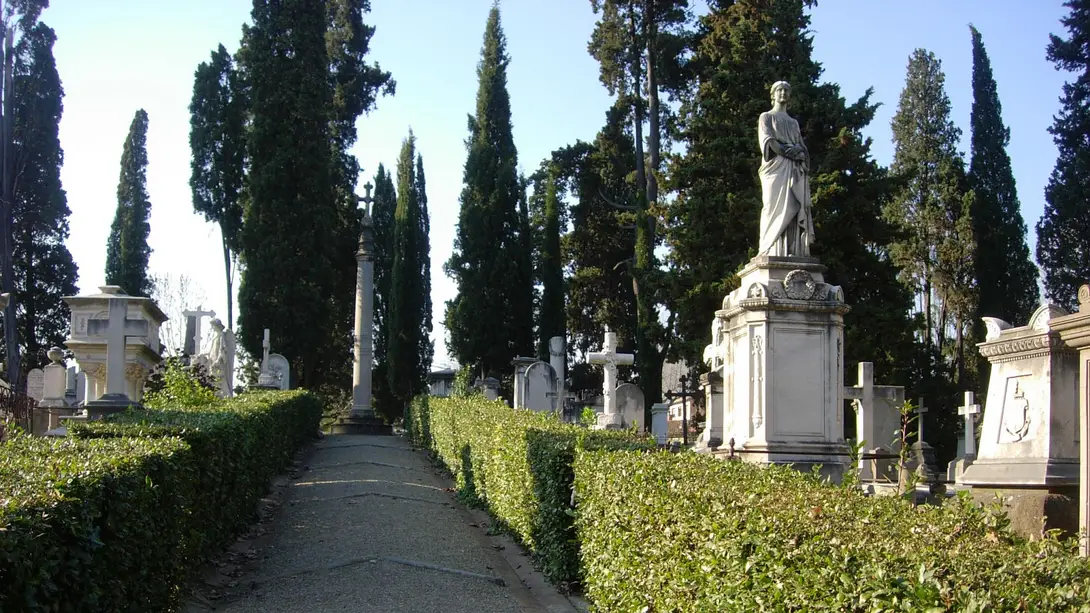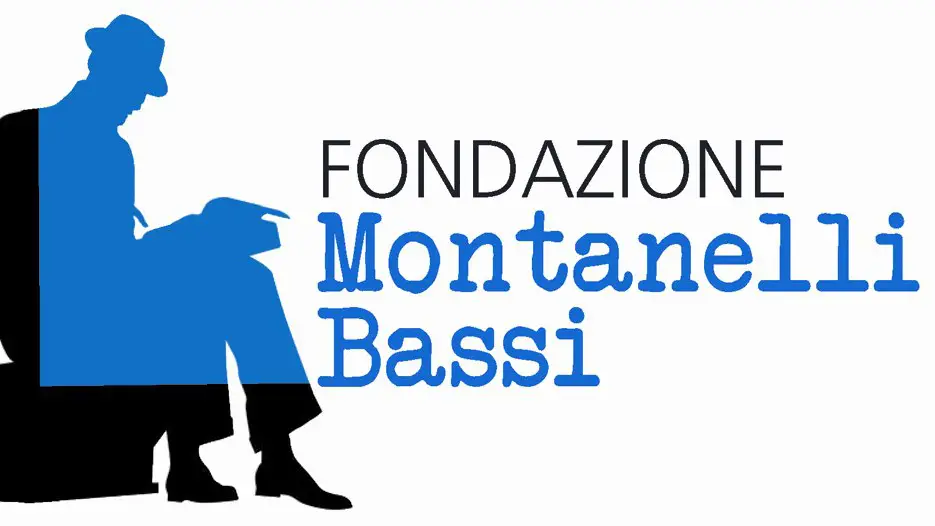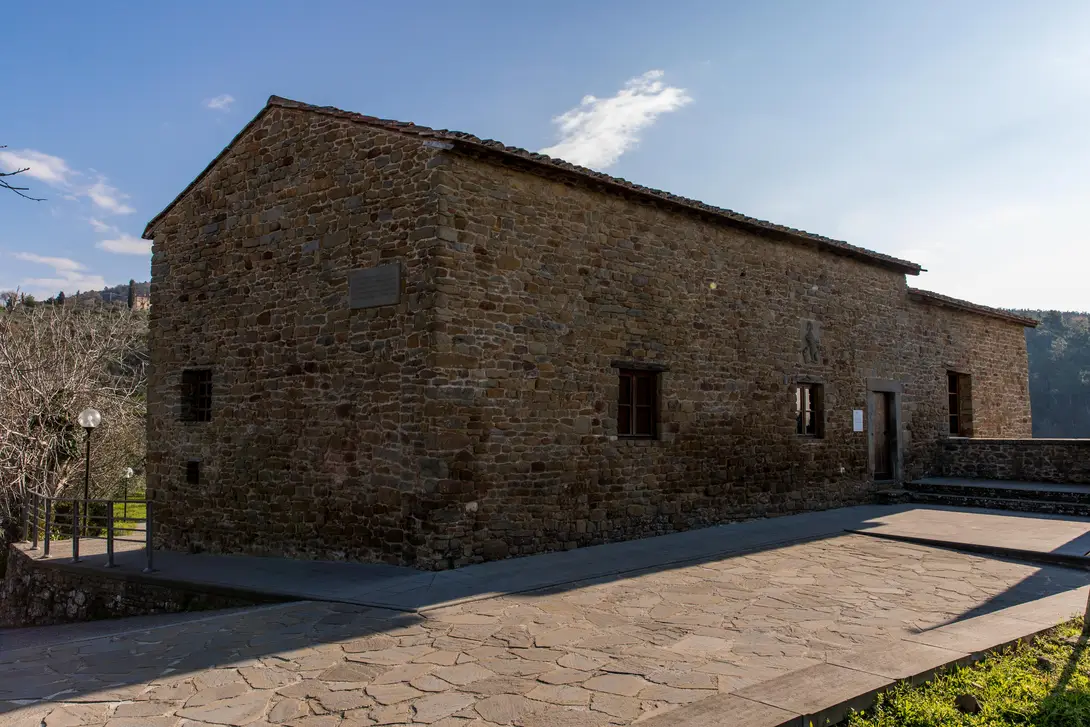
The Houses of Memory in the Florence area: a museum network
The palaces and buildings where famous people of the past have lived, retain the memory of its residents and pass it on to the new generations, offering itineraries for visiting and discovery in their interiors : this is how museum houses are born, constituting an important museum system in Tuscany and in Florence, for the very reason that some of the greatest ingenious spirits in history were born, lived or died in these lands.
In order to promote the knowledge and visit of these places of memory,the Themed Museum Network Houses of Memory in Tuscany - The Great Figures was recently created: 17 museum houses and places of memory diffused in the Tuscan provinces, interconnected online and with a unified advance ticket and booking system opening soon.
In the province of Florence, for the time being, the following six institutions are part of the Museum Network:
- Casa Studio Piero Bargellini, Florence
- Casa Ferruccio Busoni, Empoli
- Casa del Boccaccio, Certaldo
- Museo Cimitero Evangelico di Porta Pinti also called "degli Inglesi", Florence
- Museo Casa Montanelli, Fucecchio
- Casa Natale Leonardo da Vinci, Anchiano - hamlet of Vinci
Comune Firenze
Die Orte
Etappen
Casa Studio Piero Bargellini
Piero Bargellini (1897-1980) is, in the memory of all Florentines, the mayor of Florence who had to face the terrible tragedy of the 1966 flood. But not only that, from 1051 to 1956 he had been the Councillor for Fine Arts for the Municipality of Florence and, later, he also was a member of Parliament during two legislatures.
A prolific writer, passionate about the history of his city, during his long career he published more than 60 books.
His studio in the very centre of Florence was a meeting place for artists and writers, cinema and showbusiness personalities and intellectuals.
In the 16th century palazzo Da Cepparello, bought by Bargellini in 1946, you can visit the Studio, as it had been preserved and conceived by its owner: with high coffered ceilings and a cycle of 14th century frescoes hailing from the Chiesa delle Busche church near Carmignano (Prato).
Casa Museo Ferruccio Busoni
Ferruccio Busoni (1866-1924) was a well-known composer and pianist of the XX° century. He is the author of operas, texts for orchestras, piano and Lied singer.
His XVIII century's house hosts a Center for Busonian Studies and a museum where manuscripts, original librettos, photos and some objects like his piano are displayed.
Casa del Boccaccio
The building where Giovanni Boccaccio – who was born in Certaldo in 1313 – is traditionally thought to have lived has been rebuilt after being damaged in the Second World War. It is now occupied by a museum and a specialist library devoted to the life and works of Boccaccio.
The library has a number offine illustrated editions of the poet’s great masterpiece, the Decameron, which was written between 1349 and 1351 and became celebrated principally as a result of some humorous, bawdy novellas.
English Cemetery
Situated on a mound in the middle of Piazzale Donatello, the Protestant cemetery was used between 1827 and 1877. The tombs are not arranged in orderly rows but in a rather Romantic fashion accentuated by the contours of the terrain. Philosophers, artists and writers, including Elizabeth Barrett Browning, are buried here.
The English Cemetery is one of the monumental cemeteries of Florence.
Montanelli Bassi Foundation
After the death of Indro Montanelli, the contents of his studies in Milan and Rome were moved to Fucecchio, into Palazzo Montanelli della Volta, the premises of the foundation set up at the journalist’s initiative. In the Milan study, which for a long time served as the background for Montanelli’s weekly television interviews, are preserved a number of common everyday objects, such as the legendary Lettera 22 portable typewriteron which he wrote his articles.
Alongside works by Mino Maccari and a sculpture by Joan Mirò there are various photosand images documenting the journalist’s friendships with some of the 20th century’s leading cultural figures. The Rome study was part of Montanelli’s house in Piazza Navona, and contains invaluable collections of ancient books, rare editions and signed works with hand-written dedications by 20th century authors.
Leonardo's birthplace
In Leonardo’s birthplace in Anchiano, a cluster of houses about two kilometres from Vinci, there is a permanent exhibition. In the home, the audio-video narration Leonardo in Vinci: A Genius Tells His Story uses modern 3D technology to make Leonardo and his most personal, intimate, less-known universe alive again. The relationship between Leonardo and the Vinci and Montalbano areas, in particular, gains new life thanks to the several drawings that attest to Leonardo’s frequent visits to these places.
A life-size hologram, mixing video, theater and documentary, gives voice to an old and tired Leonardo who, from his last home in Amboise, looks back to the past to recount his relationships and studies, and the events that connected him to this land.
On the other hand, the interactive multimedia app Leonardo Touch presents the pictorial and graphic works of Leonardo, following several research itineraries to interact with the drawings and paintings, so as to discover every detail in them. In the adjacent farmhouse, the section dedicated to The Last Supper, Leonardo’s sole mural painting visible today, displays the HD digital reproduction of the work, a 1:2 scale model projected on a wall. The technology employed allows you to explore the painting through two research modalities, a movement and a touch screen one. It is possible to activate several thematic itineraries, such as the iconographic and historical-artistic ones, as well as one dedicated to restoration.
